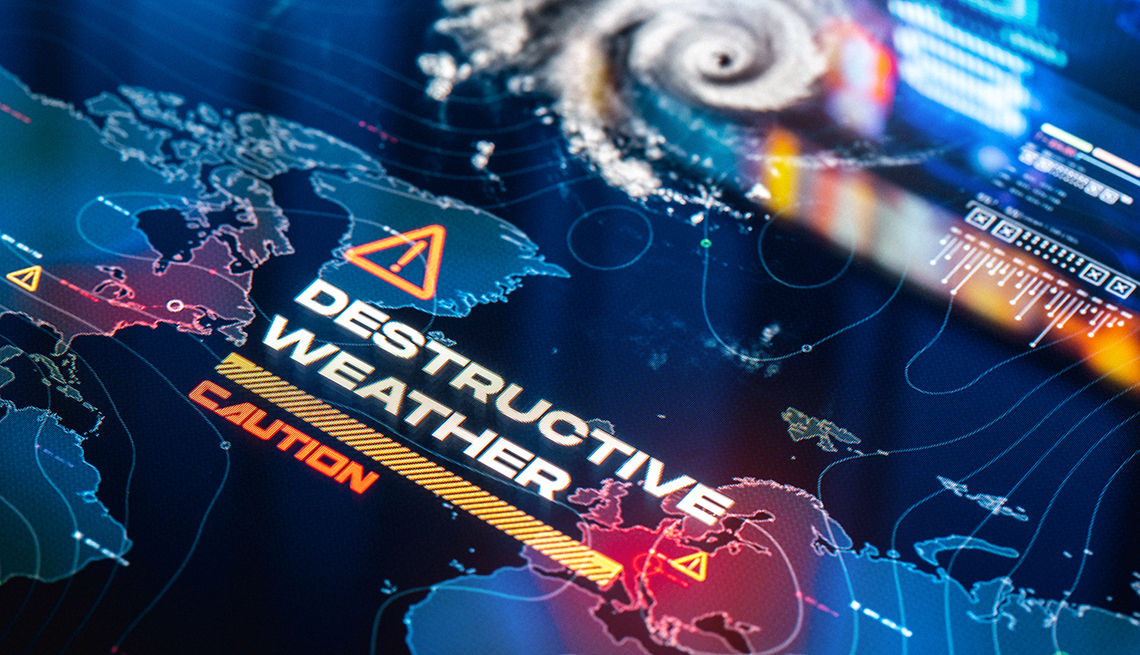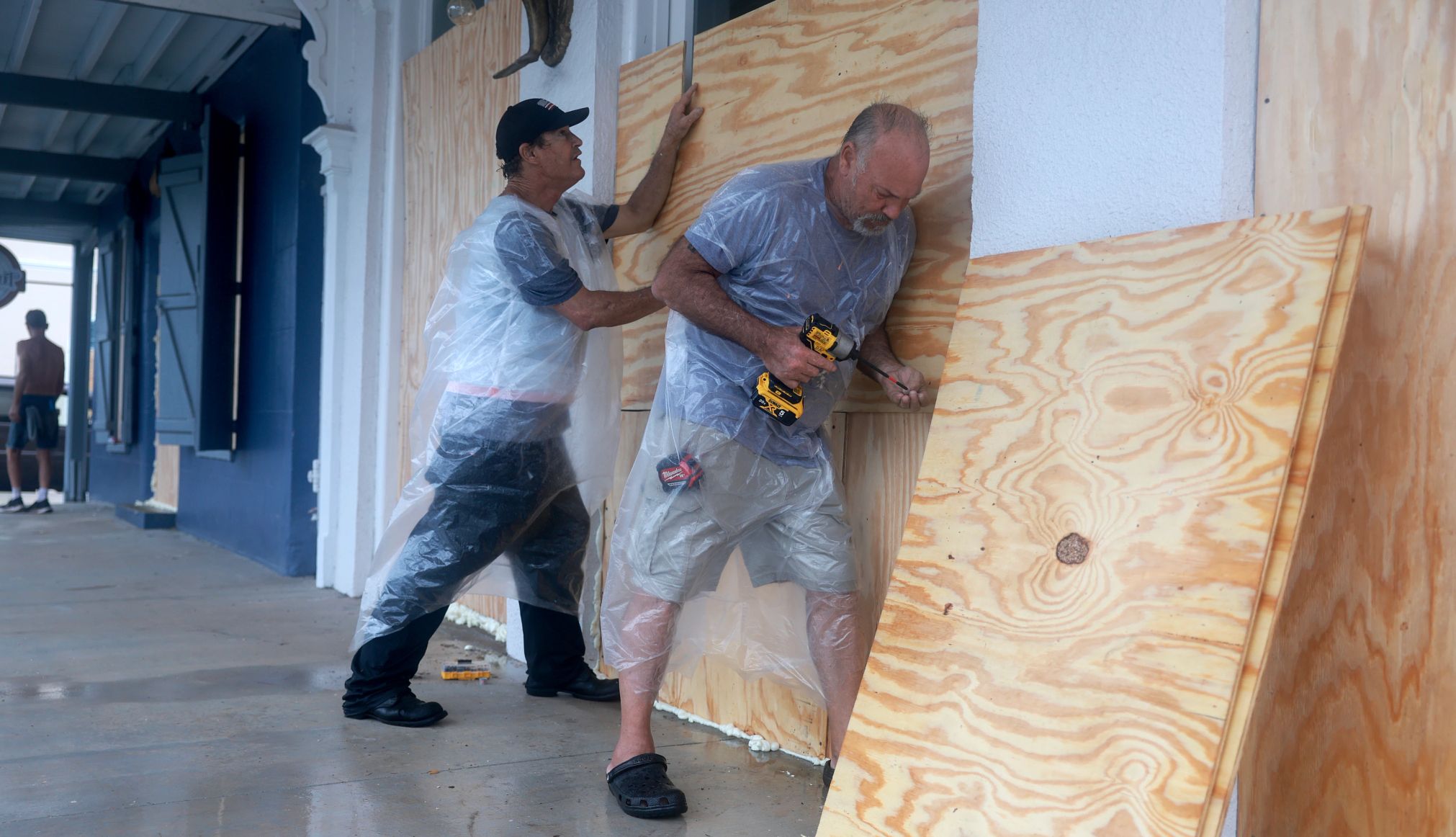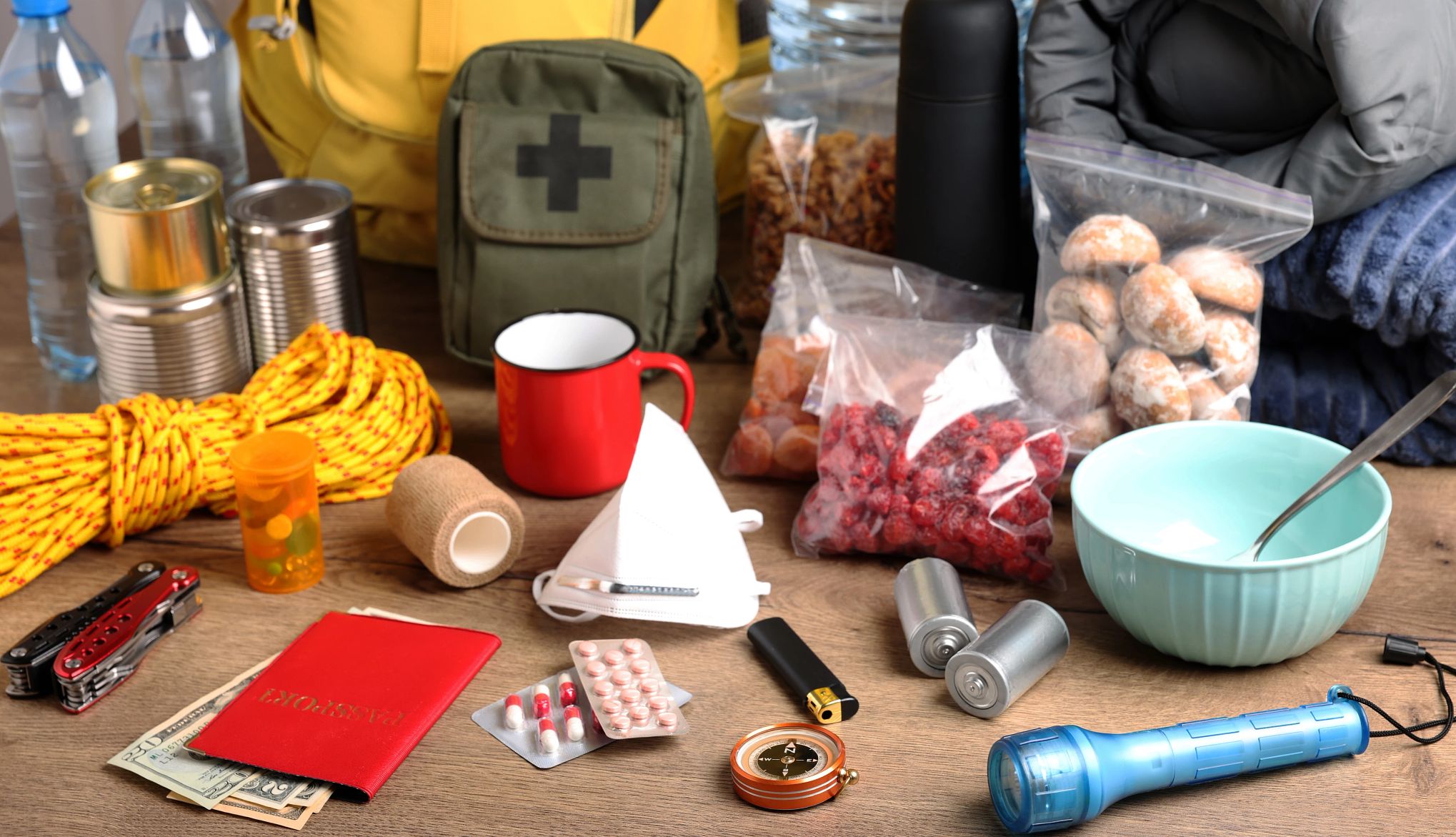AARP Hearing Center


Given the frequency and intensity of natural disasters these days, chances are it’s a case of when — not if — extreme weather will affect your life.
The Federal Emergency Management Agency (FEMA) says emergency preparedness is critical to help protect your family, your home and your belongings from a myriad of threats, such as wildfires, drought, floods, hurricanes and tornadoes.
“We encourage everyone to be prepared year-round for any disaster, hazard or climate event,” says Jaclyn Rothenberg, FEMA’s director of public affairs. “Know what disasters and hazards could affect your area, how to get emergency alerts and where to go if you and your family need to evacuate.” Rothenberg says this requires having an evacuation plan and practicing it often.
Technology can play an essential role in emergency preparedness with helpful apps and gadgets to get you through a natural disaster
Free apps to download
Keep in mind that during an extreme weather event, you may not have Wi-Fi or cellular service to download apps to your iPhone or Android device. It's a good idea to download them in advance — and familiarize yourself with them before an event occurs — so they’ll be ready to use when you need them.
The American Red Cross offers numerous apps, including First Aid and Pet First Aid as well as a general Emergency app that lets you customize 40 different weather alerts like Earthquake, Hurricane and Tornado, along with a shelter finder, checklists, educational quizzes and advice on what to do in a given emergency. Example: how to handle food and water during a power outage.
The Red Cross also offers add-ons for smart speakers and smart displays that let you access info with your voice (Amazon calls these add-ons “Skills”). For example, you could say, “Alexa, enable Hurricane Alerts by the American Red Cross” on an Amazon Echo device or “Hey, Google, talk to Red Cross Blood Donation” on a Google Nest speaker.
The FEMA app lets you toggle between English and Spanish to access emergency safety tips for more than 20 types of disasters. It offers a customizable emergency kit checklist and an emergency family plan. You can also receive real-time alerts from the National Weather Service for up to five locations nationwide; share real-time notifications with loved ones via text, email and social media; and locate open emergency shelters and disaster recovery centers in your area where you can talk in person to a FEMA representative.
FEMA also recommends enabling Wireless Emergency Alerts (WEA) on your mobile phone, which are short emergency messages from authorized federal, state, local, tribal and territorial public alerting authorities (broadcast from cell towers in a targeted area). FEMA suggests also following your local National Weather Service office on social media.































.jpg?crop=true&anchor=13,195&q=80&color=ffffffff&u=lywnjt&w=2008&h=1154)













































More From AARP
Older Adults Need a Disaster Plan, FEMA Says
Extreme weather can strike during any season these daysHow to Avoid Disaster Fraud and FEMA Scams
In the wake of natural disasters, scammers may pose as contractors, FEMA officials and other personnel
How to Stay Safe During Natural Disasters
At home or on the road, these tips can help you stay out of harm's way in dangerous weather
Recommended for You